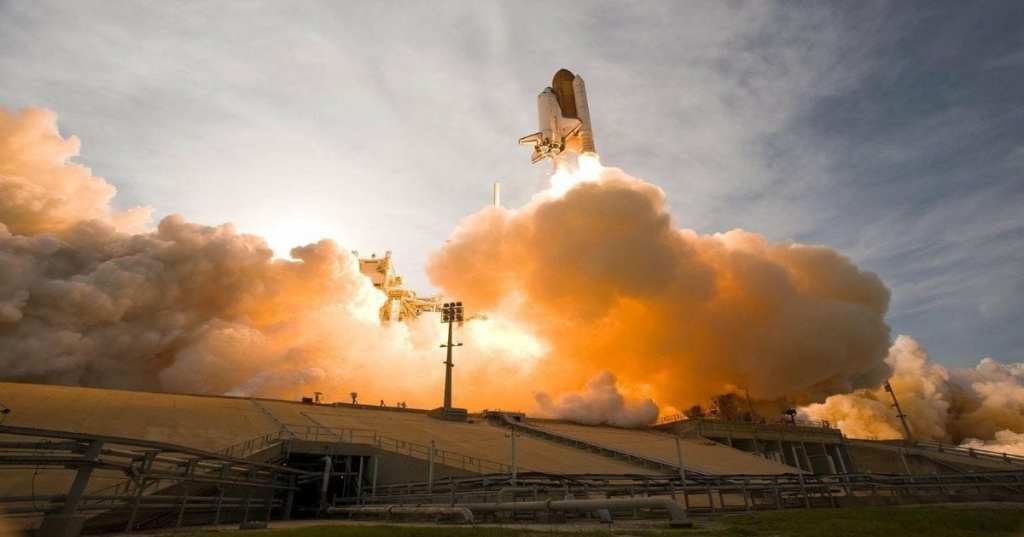If you think the sun is bright from the naked eye, just imagine what it looks like with one of the world’s most powerful telescopes. For most of us Earth people, we can only see the outermost part of the sun during a total solar eclipse.
But thanks to our friends at NASA, we can now see the highest-resolution images of the solar corona thanks to a ridiculously advanced telescope.
Of course, this was the culmination of decades of work by astronomers. After all, it takes quite a few tries before you can craft the ideal device to capture images of the surface of the blazing sun. Ultimately, they found a creative way to capture the close-ups.
The High-Resolution Coronal Imager, which is better known as Hi-C, can make out details as small as 43 miles in size. Incredibly, the telescope made its way into space by being attached to a rocket for a flight time of just 10 minutes. Talk about working efficiently!
The high-powered telescope focused on strands of plasma that populate the sun’s corona. The results were breathtaking and represented a breakthrough moment for scientists. Robert Walsh, the institutional lead for the Hi-C team, said, “Until now solar astronomers have effectively been viewing our closest star in ‘standard definition’, whereas the exceptional quality of the data provided by the Hi-C telescope allows us to survey a patch of the Sun in ‘ultra-high definition’ for the first time.”
More Hi-C launches will take place in the future as part of a collaborative effort with NASA’s Parker Solar Probe and ESA’s Solar Orbiter.
Dr. Amy Winebarger, Hi-C principal investigator at NASA MSFC, explained.
“These new Hi-C images give us a remarkable insight into the Sun’s atmosphere.
Along with ongoing missions such as Probe and SolO, this fleet of space-based instruments in the near future will reveal the Sun’s dynamic outer layer in a completely new light,”
For astronomers and science lovers, the images represent just the beginning of what we can discover. As technology continues to improve, the possibilities are truly endless.
Are you interested in astronomy and outer space? Could you envision yourself working for NASA one day? Tell us about your interest in exploring beyond planet Earth in the comments below.






